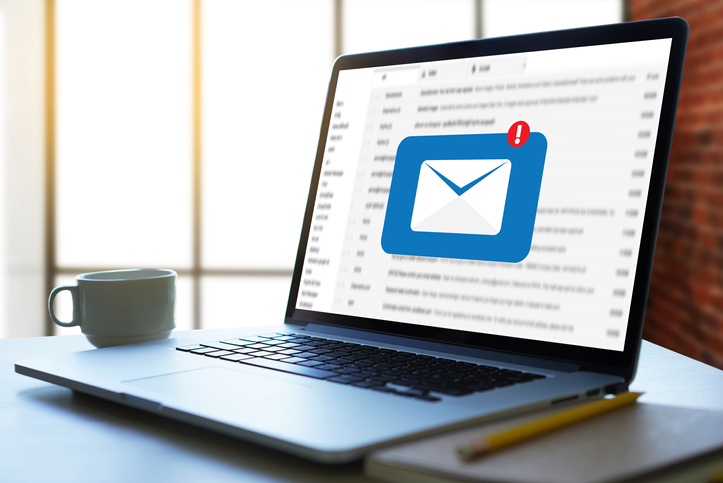
You may be a small business, but there’s no reason you have to think or act small. Today’s technology innovations offer small businesses all sorts of powerful tools that just a decade ago weren’t available or were only affordable to large firms. Technology can help small businesses think like big ones in all sorts of ways. Here are 7 ways small businesses should start thinking bigger.
1. Embrace the Cloud
There are numerous cloud-based technologies that can help your small business punch above its weight. By embracing the cloud, you can save money, improve your staff’s productivity, and expand or contract IT operations far easier than you could without the cloud.
Entrust things like email and calendar hosting, file storage, and video chat to cloud-based software and infrastructure solutions. Most small businesses will pay less for a cloud solution than they would to purchase and maintain servers and software. This is due to the economy of scale: your cloud provider is operating at a very large scale, so the cost of adding just a bit more server space is negligible. Without cloud services, your small business shoulders all the unique setup and maintenance costs all your own.
2. Improve Your Website
Sometimes the difference between a successful small business and a failing one is as simple as the quality of their website. Your website is your digital storefront, but it’s also your digital billboard, white pages, classified ad, and more. If it looks terrible or doesn’t function well, you’re sending a poor message to your customers and prospective customers.
If revamping your website is more than your business can do well in-house, consider contracting with a vendor for this crucial task. Many managed service providers offer this service or can contract with qualified vendors who do.
3. Leverage Social
Your business needs a social presence, even if it’s small. This is true of all small businesses, but the smaller your business, the more important grassroots tools like social become. Share content regularly (including photos and videos) and encourage your most loyal customers to do the same.
As your brand’s social presence grows, it’s important to keep an eye on your reputation. What are people saying publicly about you? Is there anything you need to intervene on? Social can be a great avenue to see what challenges your customers are facing.
4. Use CRM Software
Customer resource management (CRM) software is the way big businesses keep in contact with customers in an organized fashion. CRM software isn’t limited to large firms, though. Affordable cloud-based options that work well with small business are available.
5. Big Data Isn’t Everything
Big data helps big companies win, right? That’s what we’re always hearing, and there’s truth to it. That said, we’ve all seen plenty of examples of big data leading companies astray, like “targeted ads” that miss completely or hyper-local campaigns that come off as fake or out-of-touch.
As a small business, you have access to something big businesses don’t: real, interpersonal data. Call it “small data” if you like. You likely know your customers much better than large firms do. Write down the things you learn. Better, input that information into your CRM software. You have the ability to send more personal notes than your large, faceless competitors. Capitalize on this.
6. Plan to Plan
You have a business plan in place, but as you grow, does your business plan grow with you? Your small business runs the risk of losing focus as it grows. Employees and leadership get so focused on daily tasks that they don’t keep their eyes on the overall plan. In other cases the overall plan becomes outdated and less applicable. Schedule time each year to review your business plan and goals, just like the big guys do.
7. Don’t Go It Alone
Lastly and most importantly, don’t go it alone as a small business. Your business is unique, set apart by some feature, product, or ethos that your competitors don’t have. Focus as much of your energy as possible on that thing, on your core competencies. As much as possible, divest yourself from other things.
One of those other things, for most businesses, is IT. Partnering with a managed service provider (MSP) to implement and support your IT infrastructure can save you money and increase productivity. You’ll also gain access to a deeper bench of IT professionals than you could afford to keep in house. If you’re ready to explore what we can do as your MSP, contact us today.









